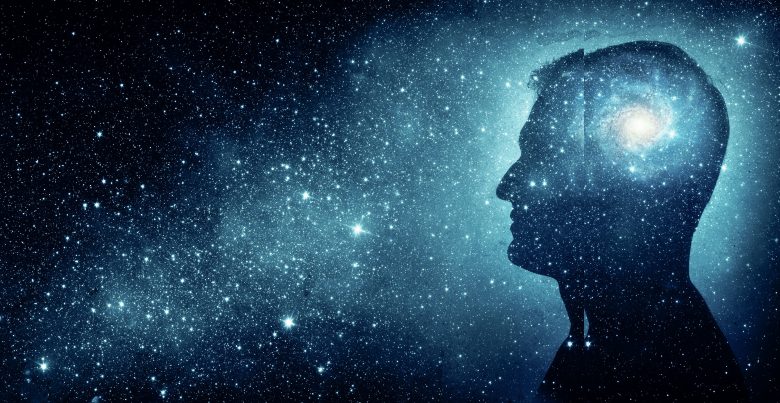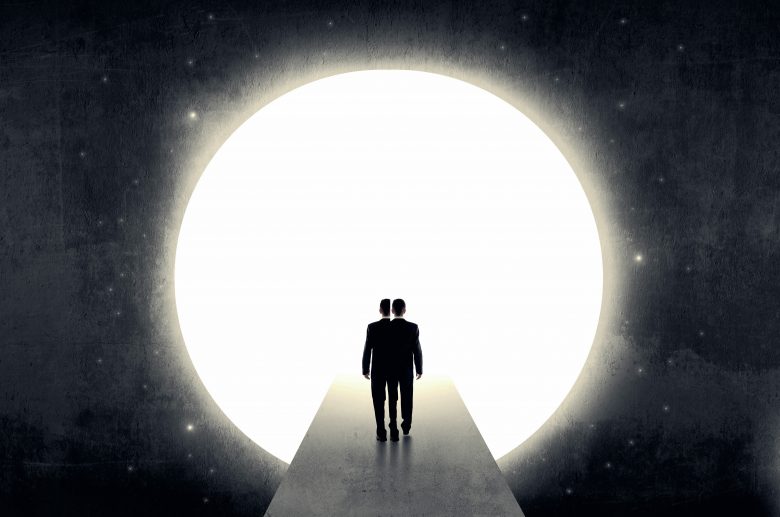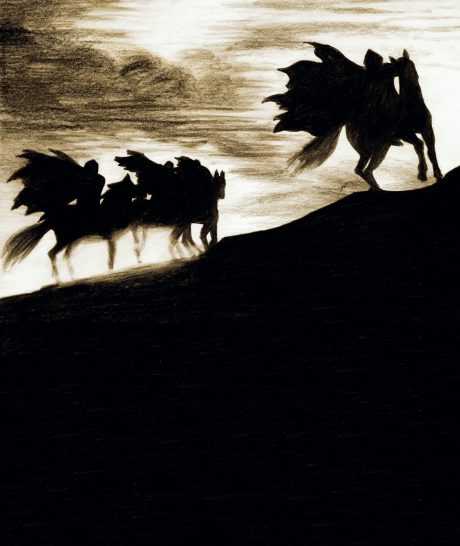stretch and challenge
Brain and mind in the knowing self
Peter Manning continues his analysis of the complex and important issues of free will, determinism and the self
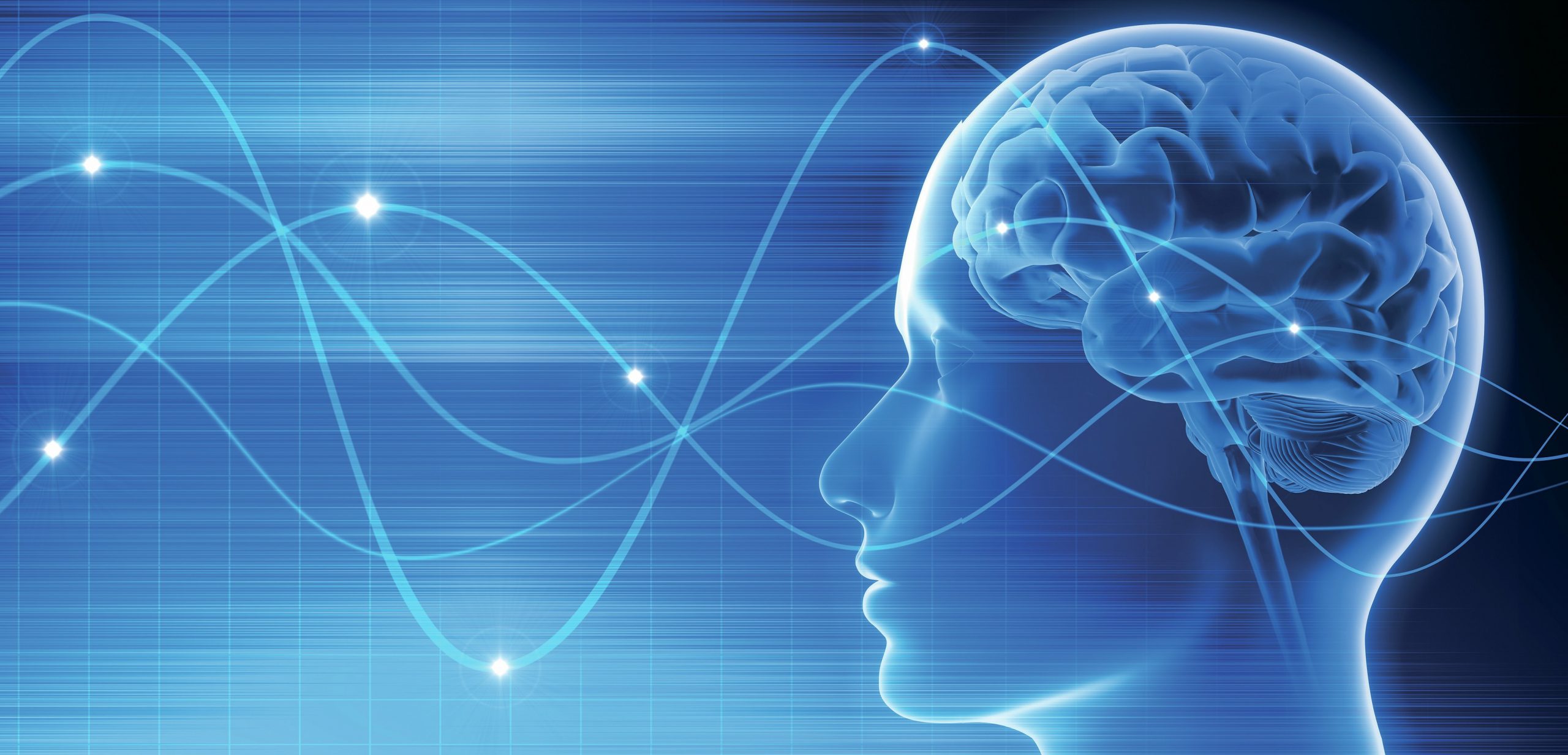
In his book Self Comes to Mind (2015), and with appeal to evidence from neurological studies and brain scanning, Damasio argues that the self and its conscious experience are a graduated and complex construction of many brain areas. Each brain area contributes specific aspects of our experience.
Consciousness is constructed by the brain through an awake mind. Mind is not the same as consciousness, although both are physical states of the brain. Mind is the product of mapping and processing of internal body states, and external features of the physical environment the body is located in. Much of what the mind does remains unconscious. The self comes into being when the brain puts alongside mind an awake state that is also aware of itself as a distinct entity. This complex of mind, consciousness and self has developed over evolutionary history.
The self’s feeling of being awake
When examining the top-rear section of the brain stem, upper tier of the tegmentum, we find an area that if damaged creates a vegetative state or a coma. It is essential to being awake, aware of the present moment. Being awake is a feeling in the physicality of the brain. Feeling is part of the physical world. Although other brain areas and hormonal secretion may modulate the degree to which we feel awake, due to lighting levels all this would be meaningless without the tegmentum. Being awake confers no sense of self, but enables awareness of emotional feeling and the senses.
The proto-self
Also located close by in the brain stem are the nucleus tractus solitaries and parabrachial nucleus — the origin points for feeling pain and pleasure. These origin points of pain and pleasure in the brain stem have many neural connections to body motor structures that have a long evolutionary history, allowing animals to react to their environments in ways that promote survival. We might see in this a basic form of sentience. Damasio calls it the proto-self. Upon this primordial base, all other emotions are variations on a theme as processed through other brain structures, allowing us to interact as a social species with increased flexibility and subtlety.
Emotions are at the heart of our interactions in the world and the decisions we make. Emotions allow us to provide a somatic marker to our experiences of the world, motivating us to draw back or want more of the same. Emotional feelings can be overwhelming, but they can often operate at the level of a hunch, a truth halfglimpsed, which guides our actions in the world. Damasio conducted a card game experiment that involved gains and losses in a situation of risk and uncertainty. He showed that participants adopt a winning strategy before they can articulate that they are doing so. The brain starts to perceive patterns, and feelings of stress below the level of conscious awareness (measured by skin-conductivity changes through sweating) create the intuitive inclination to act one way rather than another. So we often think with our gut after all.
Core self and image-making
Within the cerebral cortex, we find areas that shape information reports from all the senses and internal body states into maps. These neural maps trigger homeostatic responses within the organism, and actions towards the world. Much of this is unconscious, although sometimes they come to consciousness, as when feelings of thirst prompt us to drink to avoid dehydration. Each sensory modality — for example, vision, hearing, touch— involves the brain producing mind maps within the neural network using sensory data from the peripheral sensory organs, such as the eye, inner ear or our finger tips (Damasio 2000). The production of maps is the main job of what Damasio terms the core self — and he claims that, in retrospect, the focus on the experience of stream of consciousness in the work of William James looks much like the core self. The thalamus is another brain structure highly implicated in conscious experience through neurological studies. It enables and organises two-way communication between the brain stem, its limited connectivity and the cerebral cortex, and the many jobs it does to inform the organism of how the world is in relation to it.
Such image-making of the body state in the creation of the mind was first argued by Spinoza (1632–77) in contradiction to the mind–body dualism of Descartes. Spinoza states in The Ethics in Proposition 13 of Part II: ‘The object of the idea constituting the human Mind is the Body.’ In Proposition 19 Spinoza goes on to argue that ‘The human mind is the very idea or knowledge of the human body.’ In Proposition 23, as noted by Damasio (2004), Spinoza says: ‘The Mind does not have the capacity to perceive… except in so far as it perceives the ideas of the modifications (affections) of the body.’ Four hundred years later, biology, neuroscience and psychology are proving Spinoza right and Descartes wrong.
The autobiographical self
Unlike simpler life forms, humans also have an autobiographical self that is largely created from memory processes. The autobiographical self allows the brain to access a remembered past and an imagined future. Memory is a highly distributed activity of the brain that needs much coordination. The sensory-specific aspects of memories are probably encoded within areas of the brain that originally created the image for the core self (Damasio 2015). To enable continued access to the various parts of the memory involving vision, hearing, touch and so on, the brain has to create and store a map for the memory that allows its various threads to be pulled back together and put within the highly structured sequence of experiences which was that specific memory. This is a complex and intensive brain activity that, given differences in brain capacity, points towards many life forms having no, or limited, autobiographical memories. The brain, through its imaging, is a story-maker whether we are thinking about visual images, noise or memory of events. Stories help us to bring about coherence in experience so that we can relate to what happens. That such image-making is not done in some idealised world of Platonic forms or mathematics means that it is organic and materially based. Memory is not perfect but it does not stop the self from functioning, unless it is eaten away by conditions such as Alzheimer’s disease.
Natural purposiveness
Memories of the past and imaginations of possible futures would not mean much unless the brain enabled a self-process that gave ownership of what we do. Planning and deliberation are enabled as the autobiographical self interacts with the images of the core self. The self as active agent comes into being. Past experience encoded in the neural network informs present actions with a view towards the maintenance of homeostasis. The evolved brain wants us to act in the best interests of the body. That is what evolution has primed us for, even if various pathologies sometimes get in the way. Consciousness and its complex underpinnings produce in the felt experience of free will a self-realisation of decision. Decisions require effort, effort needs motivation, and motivation comes from what we have learned from past experience and hope for in the future. Motivation relies on somatic emotional markers within the neural network that are associated with memories of past activities and events and hoped-for futures with the emotional desires they create.
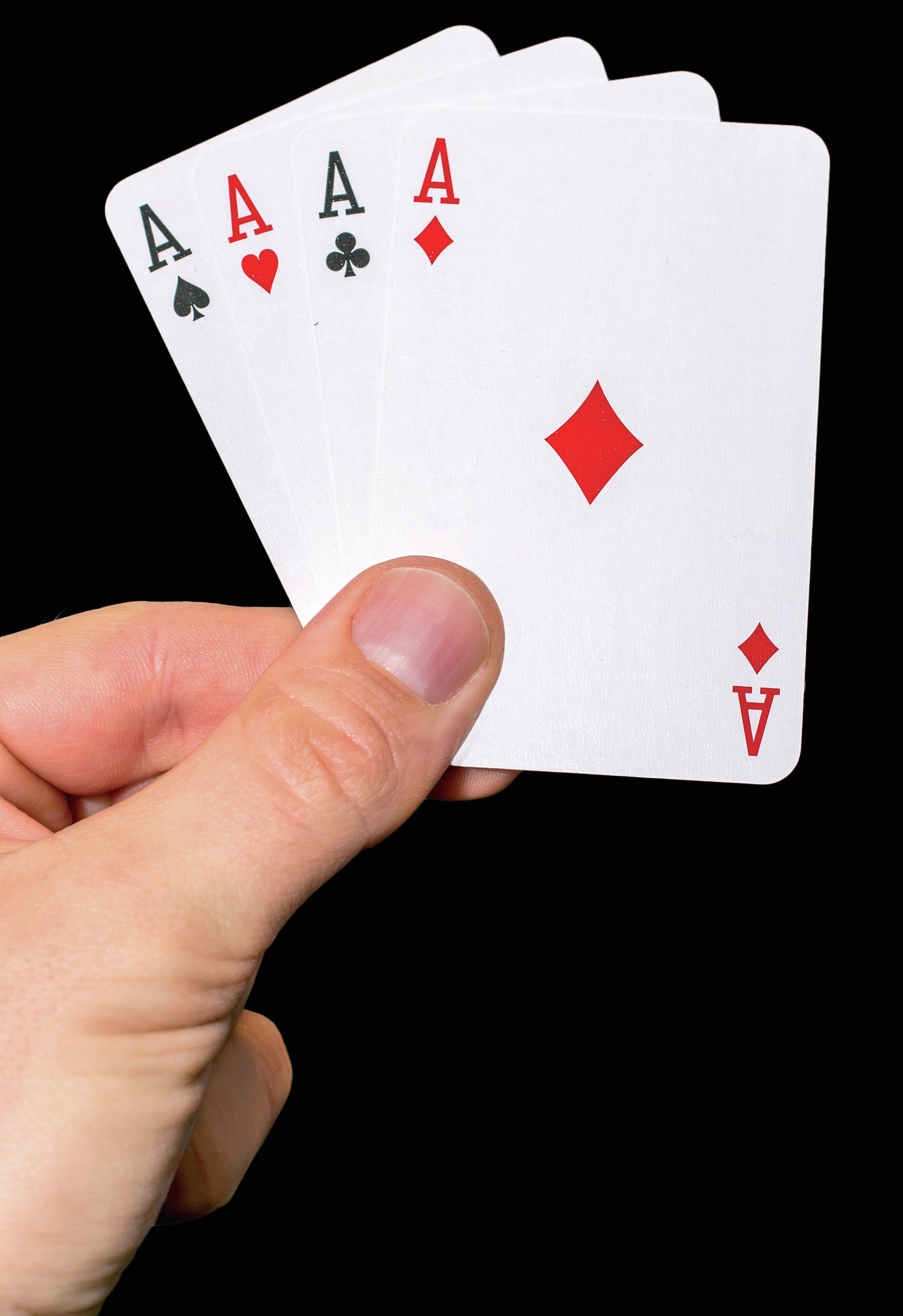
Past experience
The importance of past experience was underpinned in the philosophy of Aristotle. It is through practice that we learn skills and how to act virtuously. But, as Darwin showed us, such virtues are not random cultural constructions. Empathy and a concern for others are part of our evolved nature. Our capacity for love, nurture and care for others is grounded in the reality of ourselves as a highly sentient social species. In the card game research of Damasio, we can already see that much decision-making goes on below the level of conscious awareness and is led by feelings of stress and emotions.
That it is generally accepted that the unconscious is in some way central to human decision-making owes much to the focus of Freud on the unconscious. Although Freud didn’t invent the concept of the unconscious — the German philosopher Friedrich Schelling (1775–1854) coined the term — Freud built a whole psychology of the mind based on unconscious drives and influences. However, that does not mean that Freud was correct in the way he understood the workings of the unconscious. Freud over-focused on the role of sex in his psychology of the unconscious and produced a strongly deterministic theory of the mind that left little room for free will, and for which it was hard to find empirical support.
An associate of Freud, Alfred Adler, developed a different perspective from Freud’s, which recognised the importance of past experience and processes operating in part below the level of awareness on present behaviour while also supporting free will.
In 1907, Adler published a paper on organ inferiority and compensation in which he argued that as the human organism interacts with its environment it strives to compensate for perceived threats and inadequacies through finding a way to overcome them. Through the mind and the whole superstructure of the central nervous system within the organism, a process is enacted for the maintenance of equilibrium through compensatory reactions within the body and outward behaviours towards the world.
Jan Smuts can be found exploring a similar outlook in Holism and Evolution (2013). Smuts argues that biological systems survive and evolve through their integration and cooperation. In doing so, Smuts, like Adler, argues for a non-reductive understanding of the material world which is full of emergent properties. Michael Polanyi can also be found arguing for this in his 1968 essay ‘Life’s Irreducible Structure’ (discussed in Religious Studies Review, Vol. 13, No. 2, pp. 10–12). Such an approach might well be described by the term Smuts invented, ‘holism’.
Homeostatic wellbeing
Within the context of evolutionary theory, Smuts suggests that in attaining social and personal welfare the human organism, as a personal being, seeks to exercise ‘inner control and direction of the personal actions to certain defined or definable ends…by an inner agency…by conscious will or some unconscious activity, to harmonise all the discordant elements and tendencies of the personal character into one harmonious whole’ (Smuts 2013). In his mature theory expressed in Social Interest (1938), and building on his compensation theory and the insights of Smuts, Adler clearly argues for a view of the individual as possessing an active will, driven by teleological meaning-making, that arises out of the biological necessities favouring cooperation in promoting perfection (survival and flourishing).
Damasio (2015) argues, without referencing Adler or Smuts, that consciousness is a facility of the brain to achieve exactly what the ideas of Smuts and Adler point towards. Damasio references the work of the physiologist Walter Cannon, who coined the term ‘homeostasis’ in his 1932 book The Wisdom of the Body, in which Cannon expanded on the earlier work of the French biologist Claude Bernard in the nineteenth century. Damasio argues that the wider significance of homeostasis beyond managing internal body states and the flight or fight stress response for influencing human behaviour and culture have been missed. However, in his 1938 book The Wisdom of the Mind, J. M. Fletcher can be found stating:
‘I am not sure but that in Adler’s mechanism of compensation we have a phenomenon which may be subsumed under what is described by Cannon as homeostasis’
Adler and Smuts — writing before the invention of the term ‘homeostasis’, and while using the term ‘equilibrium’— clearly argue for a more goal-directed and dynamic understanding of underlying biological processes creating and guiding consciousness than the term ‘equilibrium’ strictly understood would allow. In light of the work of Adler, Smuts and Damasio, at the level of conscious awareness we might say that as social animals with feelings of superiority and inferiority, we wish to find our homeostatic place of wellbeing within the social group and the world.
The irreducible self
For John Searle:
‘the reality and irreducibility of consciousness do not imply that it is some separate type of entity or property ‘over and above’ the brain system in which it is physically realized. The consciousness in the brain is not separate entity or property; it is just the state the brain is in. ‘
Searle 2005
The decisions we make in the felt experience of free will operate within the context of both homeostatic unconscious influences and the emotional coding of things from our own personal experience. But does that mean that free will is after all an illusion?
Dan Wegner (2003) affirms that the experience of free will is:
‘the somatic marker of personal authorship, an emotion that authenticates the action’s owner as the self. With the feeling of doing an act, we get a conscious sensation of will attached to the action.’
But then, having made will physical, Wegner struggles to avoid epiphenomenalism. But this need not be the outcome. What is needed is a paradigm shift in the way we approach the whole issue of the mind and brain in relation to free will. Continuing to play out the implications of homeostasis is at the heart of this new way of conceptualising the terrain of the mind–body problem.
References
Damasio, A. (2000) The Feeling of What Happens, Vintage.
Damasio, A. (2004) Looking for Spinoza, Vintage.
Damasio, A. (2015) Self Comes to Mind: Constructing the Conscious Brain, Vintage.
Searle, J. (2005) Mind: A Brief Introduction, Oxford University Press.
Smuts, J. C. (2013) Holism and Evolution, Gestalt Journal Press.
Wegner, D. M. (2003) The Illusion of Conscious Will, MIT Press.



